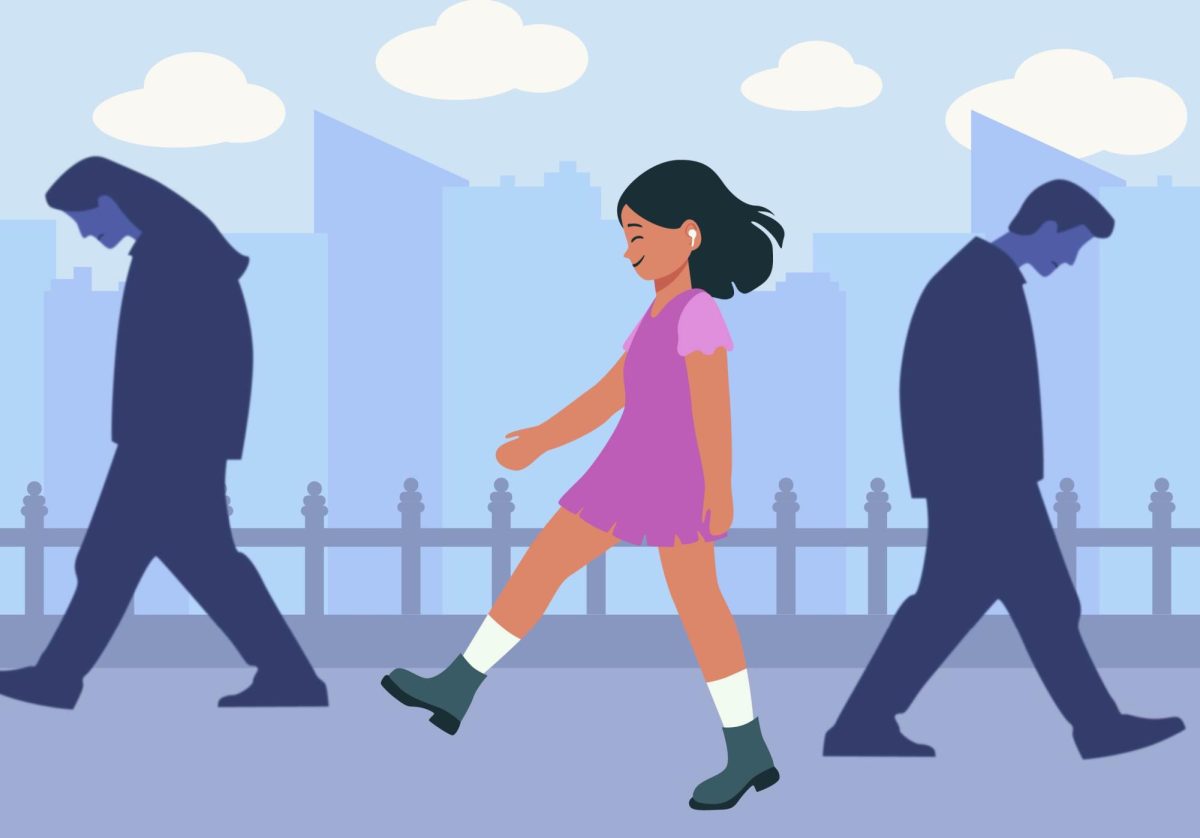In terms of race relations in America, as much as some things have changed, others have remained the same or in some ways gotten worse.
On one hand, I marvel at the idea of Sen. Barack Obama, D-Ill., being taken seriously as a presidential candidate. A generation ago, a black person (male or female), could certainly run but this was a symbolic gesture at best.
I was enormously proud to have served in the U.S. Military at the time Gen. Colin Powell was the first black Chairman of the Joint
Chiefs, and he along with others put together the overwhelming military force (aka the Powell Doctrine), in order to oust Saddam Hussein’s Iraqi Army from Kuwait and then contain them back within Iraqi borders in both Operation Desert Shield and then Desert Storm.
I am pleased to see other blacks in high-ranking Cabinet positions offering their service to our beloved country, like Secretary of State Condoleezza Rice and Secretary of Housing and Urban Development Alphonso Jackson.
On the other hand, I am appalled at incidents like those in 2001 on the Auburn University campus where during Halloween parties students reportedly wore blackface costumes and KKK robes – even simulated a lynching.
Or, the 1988 racial attack and subsequent dragging death (murder) in Jasper, Texas of James Byrd Jr., considered by many to be “one of the grisliest racial crimes since the civil rights era in the United States.”
Not to mention (after strenuously objecting) having to sit through a meeting a week ago where a senior manager of the Minneapolis Housing Authority had figurines on a shelf in her conference room of disparaging slavery-era blacks such as lawn-jockeys, pickinys and Aunt Jemimas.
Her explanation was that these items came from a former resident of MPHA, and that they were collectors items worth a lot of money. I then suggested that they sell the figurines and give the proceeds to a charity like the United Negro College Fund.
These examples aptly illustrate how far we have come, how far we have to go and, unfortunately, the still worrisome truth that some people still just don’t get it.
Because for many blacks and other minority groups in this country the success of a vaulted few does not outweigh the continual neglect of the rest of us.
The history and treatment of Jewish people under Napoleon’s reign in France might give us some clues as to how the current policy towards blacks and other minorities in this country began.
Traditionally, one of America’s staunchest allies has been the French republic. It could be argued that without French naval, troop and supply support the United States could not have prevailed over the superior (in number) forces arrayed against them by the British Monarchy.
In addition to this strategic alliance it could be said that an ideological alliance existed as well. Although, the American Revolution came first, it was not long after that France too declared her independence from absolute monarchical power.
Which begs the question of where did these revolutionary ideas get their start?
Many historians look toward the Enlightenment period with its emphasis on the principles of republic, citizenship and inalienable rights. And it is at the conclusion of this era that Napoleon comes to power in France.
And according to some, one of the most brilliant things Napoleon did – in a move somewhat reminiscent of Abraham Lincoln – was to “liberate the Jews.” Although Napoleon’s (like Lincoln’s) actual intentions are somewhat ambiguous as each made statements both in support and to the detriment of their respective predominate minority groups.
This French version of emancipation abolished laws restricting Jews to ghettos, makes Judaism a state-recognized religion and provides Jews in France with the most privileges of any other nation.
According to Napoleon himself, “My primary desire was to liberate the Jews and make them full citizens. I wanted to confer upon them all the legal rights of equality, liberty and fraternity Ö It is my wish that Jews be treated like brothers Ö Jews of Europe would have come to France where equality, fraternity and liberty awaited them and where they can serve the country like everyone else.”
For me, I hear the echoes of Abraham Lincoln and the millions of broken, battered, physically and mentally abused blacks, whose bodies were churned through the meat grinder of the American chattel slavery system that existed from 1619 to 1865.
This would also include the Civil War period and the debacle that was the Reconstruction Era in the Southern part of the United States, Brown v. Board of Education, Topeka, Kan., 1954, and the Civil Rights movement from the Brown case, right up until this very day.
Napoleon’s words sound eerily familiar to various American statesmen’s words throughout the history of American emancipation of the black some 55 years later.
So what then can we say that we have actually learned as a country when such egregious events are seemingly taking place more and more often?
Nooses “evoking the lynchings of the Jim Crow South” are hung from a tree in a schoolyard in Jena, La. in 2007?
Not only there, but at Columbia University and a Church Street Post Office in New York City, a Hempstead township, N.Y. Police department locker room, Hartsfield-Jackson Atlanta International Airport, around the neck of a statue of the late rapper Tupac Shakur at his center for the arts in Stone Mountain, Ga., a Home Depot in New Jersey, a total of four nooses found around the campus of Andrew High School in High Point, N.C., at the University of Maryland, Indiana State University, Grambling State University, La., a utility pole at the Anniston Army Depot in Alabama, and the U.S. Coast Guard Academy in New London, Conn.
What is in the future of this great country if we succumb to the hatred and bigotry of the past? Are the lives that we are hoping to build, with career, family and friends at the forefront, still possible if we don’t at some point learn to minimize our differences and emphasize working together for our common good?
As Ronald Reagan said, there are times when “America is that shining city on the hill,” but right now if we were to ask the Jena 6, Genarlow Wilson (jailed for consensual sex with a fellow minor), an unarmed Shawn Bell (shot at more than fifty times by five NYPD officers and killed just days before his wedding), an unarmed Amadou Diallo (shot at 41 times in ten seconds and killed by police), Abner Louima (had a stick rammed up his rectum by police) and Megan Williams (raped, tortured, and forced to eat feces by six white men in Logan County, W. Va.) they – along with me – might say it’s becoming harder and harder to tell.
Paul Edward Hamilton welcomes comments at phamilton@mndaily.com.







